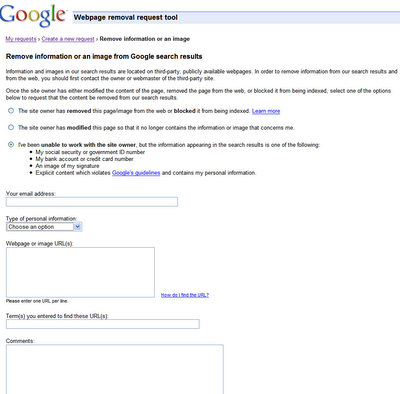2.4.2 Installing MySQL on OS X Using Native Packages
Before proceeding with the installation, be sure to stop all running MySQL server instances by using either the MySQL Manager Application (on OS X Server), the preference pane, or mysqladmin shutdown on the command line.

Download Navicat (MySQL client) for Mac OS X - Navicat (MySQL client) for Mac OS X 7.1.3, Navicat, a database management tool from PremiumSoft, is an.
To install MySQL using the package installer:
Mysql Client For Mac Os X

MySQL is the most popular open source database management system. It allows you to quickly download and install and run a powerful database system on almost any platform available including Linux, Windows, and Mac OS X etc. Preface and Legal Notices. Installing MySQL on macOS. Installing MySQL on macOS Using Native Packages. Related Documentation. MySQL 5.7 Reference Manual MySQL 5.7 Release Notes. Download this Excerpt PDF (US Ltr) - 416.0Kb PDF (A4) - 414.7Kb HTML Download (TGZ) - 497.5Kb HTML Download (Zip) - 505.0Kb.
Download the disk image (
.dmg) file (the community version is available here) that contains the MySQL package installer. Double-click the file to mount the disk image and see its contents.Figure 2.14 MySQL Package Installer: DMG Contents
Double-click the MySQL installer package. It will be named according to the MySQL version and the OS X version you have chosen. For example, if you have downloaded the package for MySQL 5.6.51 and OS X 10.8, double-click
mysql-5.6.51-osx-.10.8-x86_64.pkgYou will be presented with the opening installer dialog. Click to begin installation.
Figure 2.15 MySQL Package Installer: Introduction
If you have downloaded the community version of MySQL, you will be shown a copy of the relevant GNU General Public License. Click and then to continue.
From the Installation Type page you can either click to execute the installation wizard using all defaults, click to alter which components to install (MySQL server, Preference Pane, Launchd Support -- all enabled by default).
Although the option is visible, the installation location cannot be changed.
Figure 2.16 MySQL Package Installer: Installation Type
Figure 2.17 MySQL Package Installer: Customize
Click to begin the installation process.
Once the installation has been completed successfully, you will be shown an Install Succeeded message with a short summary. Now, the wizard and begin using the MySQL server.
Figure 2.18 MySQL Package Installer: Summary
MySQL server is now installed, but it is not loaded (or started) by default. Use either launchctl from the command line, or start MySQL by clicking 'Start' using the MySQL preference pane. For additional information, see Section 2.4.3, “Installing a MySQL Launch Daemon”, and Section 2.4.4, “Installing and Using the MySQL Preference Pane”. Use the MySQL Preference Pane or launchd to configure MySQL to automatically start at bootup.
When installing using the package installer, the files are installed into a directory within /usr/local matching the name of the installation version and platform. For example, the installer file mysql-5.6.51- installs MySQL into osx10.8-x86_64.dmg/usr/local/mysql-5.6.51-osx10.8-x86_64/ . The following table shows the layout of the installation directory.
Mysql Client For Mac Os X64
Table 2.7 MySQL Installation Layout on OS X
Mysql For Mac Os X
| Directory | Contents of Directory |
|---|---|
bin, scripts | mysqld server, client and utility programs |
data | Log files, databases |
docs | Helper documents, like the Release Notes and build information |
include | Include (header) files |
lib | Libraries |
man | Unix manual pages |
mysql-test | MySQL test suite |
share | Miscellaneous support files, including error messages, sample configuration files, SQL for database installation |
sql-bench | Benchmarks |
support-files | Scripts and sample configuration files |
/tmp/mysql.sock | Location of the MySQL Unix socket |

Mysql Clients For Mac
During the package installer process, a symbolic link from /usr/local/mysql to the version/platform specific directory created during installation will be created automatically.
